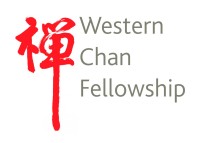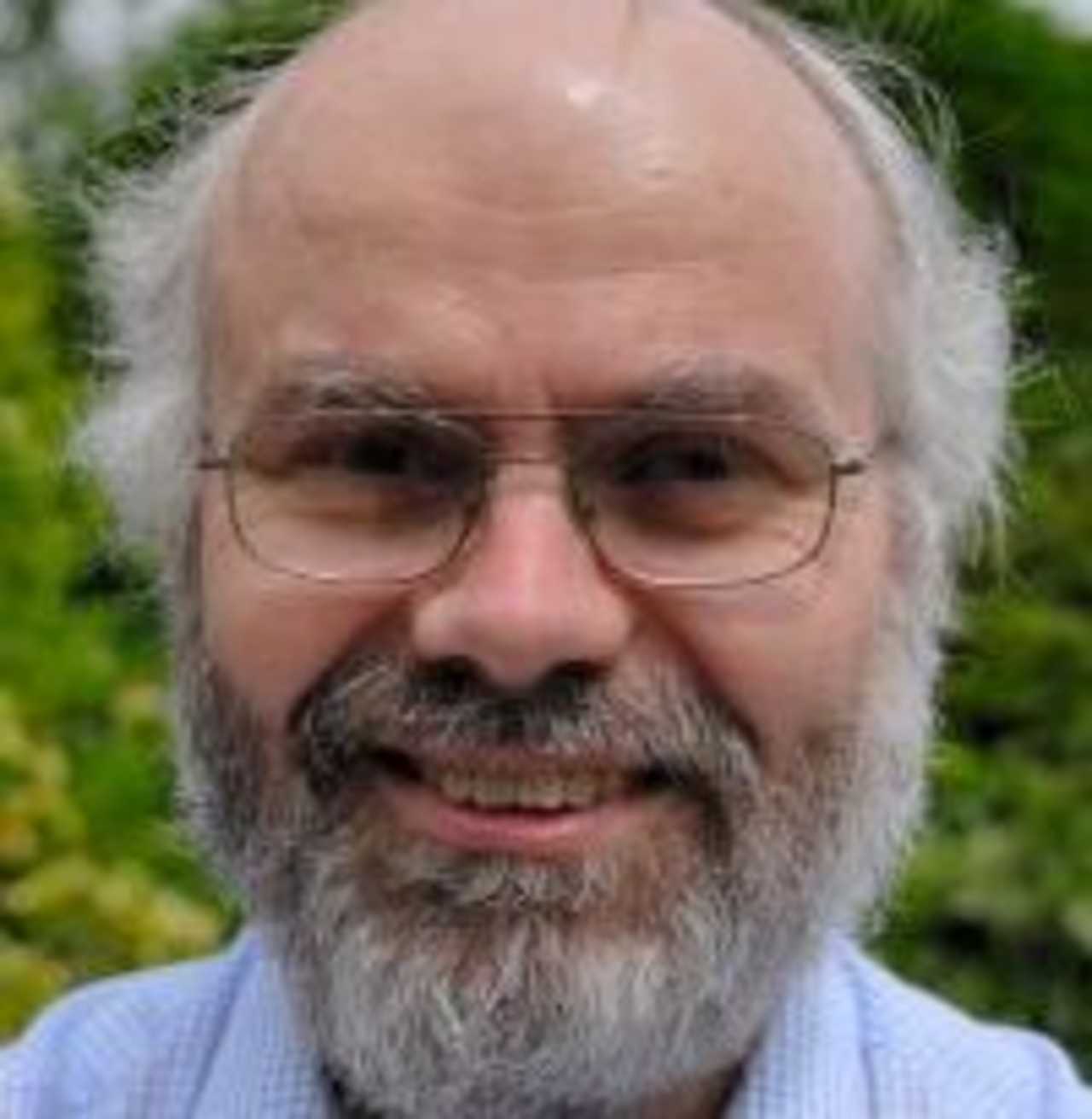Introducing Silent Illumination
A Talk given on Silent Illumination, at the 3 week retreat, May 2005, at the Maenllwyd
John has just spoken about the two entrances to Dharma, through Principle and Practice, which Bodhidharma taught us all those centuries ago.
Silent Illumination corresponds to a state, either you are in Silent Illumination experiencing the Principle or you are not. If you are actually in Silent Illumination you are no longer Practicing - you are in the state. What is it like to be in that state? The name gives a clue - Silence and Illumination. Even so one could fall into the trap of thinking there are two things here. Actually these are two aspects of the same state. Silence means the fussing mind (memories, fears, wants etc) is silent. It's not that you don't hear. You do hear the birds singing. If you tune them out you don't have Illumination. With Silence and Illumination your mind is clear and reflecting what is there, not lost in a trance.
The clear mind is like clean glass; the fussing mind is like dirty glass. If you can get your mind to the state where it is clear then there is a chance of seeing through the glass. Illumination is the aspect of alertness, knowingness. We must have both of these qualities present, Silence and Illumination. There are many practices which can give you a quiet still peaceful mind but at the cost of cutting off awareness. Equally we can have a very Illuminated mind in the sense of having many thoughts and ideas, plans, but it's not still. Silent Illumination means bringing both together in balance. Your practice is only as good as the weaker of the two. If your mind is very good at being silent, switched off, silent, it doesn't matter how clean your glass is, you're not looking through it. Equally it doesn't matter how hard you are looking through the glass, if you mind is too busy the glass is too dirty to see through. But if you can bring together cleaning the glass and looking through the glass, then you are moving towards Silent Illumination. So as we practice remember to check this balance. Are you leaning towards one aspect or the other?
If you think you are doing well, check your practice. Are you are doing well at both aspects? If your mind is calm, check it is a genuinely open mind as well, not suppressed. Are you sacrificing some openness to achieve a shut down stillness? Quietism is one of the risks of this practice if you overvalue a still mind and become protective of it after hours of practice. If Silence and Illumination are not emerging together, check your practice. Check your mind is clear and calm and also open and alert. In the beginning stages of practice there can seem to be a contradiction between these two. Many methods deliberately tune down awareness in favour of cultivating stillness. If you have a narrow focus such as on the breath, it helps calm the mind but there is a price paid in shutting down awareness. You get so good at focusing on the breath that you lose awareness of things around you. This is helpful at this early stage of the practice but is not helpful long-term.
There are stages towards Silent Illumination and to the extent that you are in balance between Silence and Illumination you are on the right path. Your attention is not fully alert, and your glass is not fully clear, but to the extent that you have some of both you are going in the right direction. Master Sheng Yen describes this practice in various stages. One stage doesn't suddenly transform to another, these are just convenient descriptions. The first stage is bringing the body and mind together. If your mind is somewhere other than in your body, then that suggests your mind is not still, it is wandering. So bring your mind together with the body by being aware of your body. That's the Illumination at that stage. The stillness or silence is the mind being in the right place, with the body. Bring the mind and body together in the experience of being you. So there's no longer a body sitting here maybe aching a bit and a mind over there doing its own thing. There's only one thing happening which is you being here, present and knowing that you're here. This is the first stage of Silent Illumination.
Any time you find your mind has wandered away, bring it back here with your body. If you find that you are not aware of your body, be aware of that and bring the mind back to what the body is doing, for instance sitting, walking, or eating. Can it be called Silent Illumination if you are eating food but not tasting it because your mind is somewhere else? All the time bring the mind back to where you are and know yourself. After a while that becomes something you are indeed able to do. You have a more solid sense of being present here. You know the experience of having mind and body together.
As you become more settled in that way you can allow the awareness to expand because the experience of being you includes sensory input. Hear the birds, feel the wind, smell the incense; that's all part of the experience of being you. Allow your awareness to expand to include these things. Don't go out and look for these things, but just allow your awareness to expand naturally and you will not lose your centre, your presence. Somehow you become larger as your sphere of awareness becomes wider without losing your centre. Just as you know the feel of your own body you also know the bird is singing. The sheep is baaing. You know there is a thought wandering through your head. You know there is a bit of backache and it's all the same quality of knowing. There is not any distinguishing between inner and outer. There isn't any fussing about one or the other. Quite simply you are present but in a wider more expansive way than previously.
There are various gradations within this expansion of the sense of self as you allow your still mind to expand its awareness without being disturbed. The Illumination continues to expand. But if you start to fuss about any of this, for instance congratulating yourself, you've lost it and you're back at the beginning. So start again.
This moving through the stages it not something you decide on and make happen; it happens by itself when you are ready. The only part you can do deliberately is to centre yourself. If you can maintain this centring, then the stages progress naturally. So how do you start off this practice of centring yourself? Actually you do not necessarily need a method, you can just be there and do it.
That works for a few people, maybe naturally when out in nature, sitting with a candle, or sitting on the cushion in meditation. If you are one of those people then just do it this way, don't bother much with 'method'. But bother just a little bit. You may be falling into a different state and you may be wise to check it out. Most people need a method though and may fall into it by using a method. One method is following the breath.
As you attend to your breath, the experience may flip so that instead of attention on your breath coming and going with gaps between, in and out, there is instead a sense of the space behind the breath, the background in which the breath is arising. So you are anchored now not on the breath but on the continuous silent space within which the breath arises. If your attention is on the space, perhaps your mind is Silent. If you are clear about that space, perhaps you are Illuminated. So following breath, your attention can suddenly flip in that way.
There is another way the breath can move into Silent Illumination, a little more deliberately. The traditional way of teaching Silent Illumination is to place awareness not on the breath but on the whole body, not a part of the body but the whole experience of the body. This can arise from concentration on the breath by letting the awareness of the breath in one place, such as the nostrils, expand to the throat, the trunk and then expand to being in the whole body. Instead of being preoccupied with one part of the body your attention is given evenly to the whole body. Whatever happens within the body you will notice it. Not analyze it or think about it, but your receiving of that information is centred in your own body experience.
From here you can later open your attention outwards but it's a mistake to try to rush that. That will simply add thoughts and ideas. It's customary to advise people on Silent Illumination retreat to stay 'inward', keep eyes down, don't engage in looking at other people or the landscape. We may stay confined within the property rather than go out for walks, to help us gain this experience of our own body. If we are out looking at hills and rabbits and crows and sheep and hares we do not clearly know we are in our own body at that point. So it's advisable to curtail these activities to some extent to establish a very firm clear awareness of yourself. Later when that is established you can gradually expand your awareness to the environment. But don't rush into this, wait until you have a very clear and firm sense of yourself, not just in sitting periods but when walking, eating and whatever.
When you're walking know the sensation of walking, the muscles moving, contracting and relaxing, the pressure on your heel and your toes, the evenness or unevenness of the ground, the wind touching your cheek. If you are practicing Silent Illumination well, you will notice these things. You don't need to be generating them or checking them, you will just notice them because they are there and you are tuned into your experience. So, to the extent that it is helpful, firstly do isolate yourself from what is going on around you. Withdraw within the confines of your body but within that confine be aware of everything. Be ready for whatever may come into your experience. Some people find this easy. They have a good sense of their body experience. Others find it harder, their sense of body is vaguer. There are exercises that can help and we'll do these as we go along.
Be aware of everything, but don't do anything with what your mind notices. No commenting or fussing. That is not Silence. But if you are not aware, there is no Illumination.
- Publication date:
- Modified date:
- Categories: 2005 Dharma Talks Simon Child
-
 Western Chan Fellowship CIO
Western Chan Fellowship CIO - Link to this page
Back

©Western Chan Fellowship CIO 1997-2025. May not be quoted for commercial purposes. Anyone wishing to quote for non-commercial purposes may seek permission from the WCF Secretary.
The articles on this website have been submitted by various authors. The views expressed do not necessarily represent the views of the Western Chan Fellowship.
Permalink: https://w-c-f.org/Q372-144



